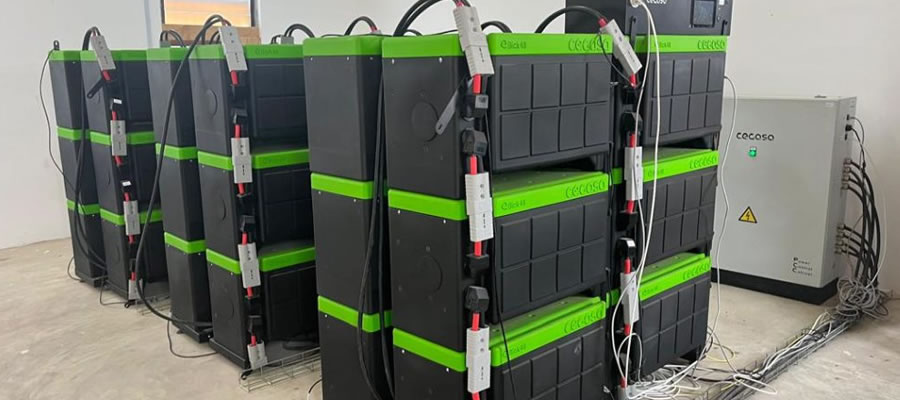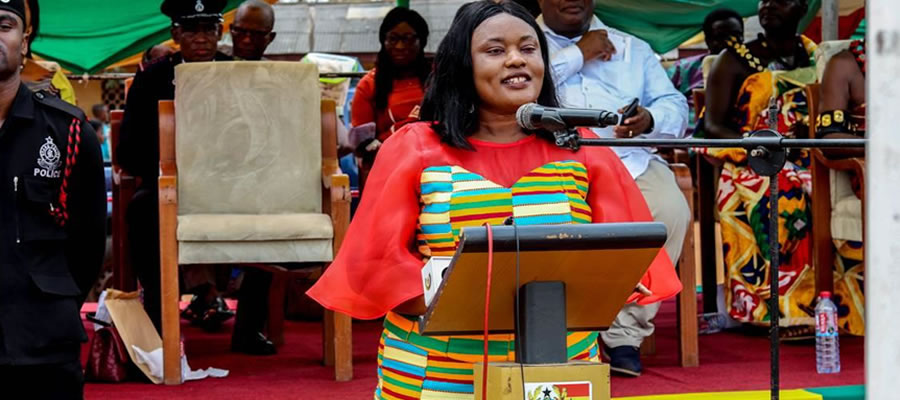

Culture
According to oral history, the Adas are believed to have migrated from Tagologo near Shai-Osudoku in the Shai Osudoku District. Basically, they are fragmented people, made of heterogeneous characteristics with little commonalities attached to each clan. They are extremely interspersed with the Ewe clan known as the Kudzragbe family. The people of Ada are called Dangmeli and they speak Dangme as their local dialect.
First settlement
It has been estimated that, about several hundred years ago, they initially settled at a place called Okorwhem, a few meters away from the Anyamam in the Ada West District. Two clans, Kabiawe and Korgbor, descended latter to join them at the Okorwhem. After several years of inhabitancy, part of the people has decided to move downwards to Togbloku and continued to stay there. Whiles at Togbloku, the founder of the Kudzragbe clan – Torgbe Adela Atsu grandson of Torgbe Agar, the founder of Agaveland- was hunting around Big-Ada resource areas. On one of his adventurous hunting expeditions, he discovered that, Big-Ada was almost a formidable area to stay and strengthen security against opponents.
Upon return therefore, he advised the Dangmeli at Okorwhem and Togbloku including his own people to quickly inhabit Big-Ada in order to tighten tides and security against attacks. Following this, Big-Ada was discovered. Subsequent to this, one of the leaders of the Lomobiawe clan called “Tettehgah” founded the District Capital; hence the stool name of Ada-Foah “Nene Tettehgah Kokotey”.
Festivals
The people of Ada have a very rich culture. The celebration of Asafotufiami is one of the prominent festivals of the Adas. Asafotufiami simple connotes “the firing of musketeers”. In real terms, it is a mass burial ceremony given to the ancestors especially people who fought during the wars of the time. It is usually celebrated once a year in the first week; month of August in commemoration of the death and as form of recognition to the war heroes who performed creditably during the wars against the Asantes.
The symbolic feature of carrying Chiefs and Queen mothers in palanquins is in remembrance of their predecessors and to make them realize that much is dependent upon them. Among the activities of the celebration, one of the most interesting aspects is the trip to Okorwhem. The purpose of the visitation is to give an official announcement to the ancestors. It is usually led by four chief priests from the Adibiawe clan called the Laluwornyo. These priests are also expected to notify the ancestors following the death or enstoolment of a Chief.
Contribution of festivals
In Ghana, one of the most significant reasons why people celebrate festivals is to forge tides towards the generation of wealth for development. Over the years however, proponents have agreed that, this trend has not been adequately taken into consideration during the celebration of Asafotufiami.
Albeit, several years of existence, Asafotufiami can scarcely count the number of development projects undertaken. It is against this backdrop that, strenuous efforts are being made to ensure that, subsequent festivals have infrastructural developments as target towards which funds will be raised. There is the need therefore, to adequately engaged all the necessary stakeholders- Chiefs, Elders, Clan leaders, Queen mothers, Assembly Members, Civil Society Organisations, Community Based Organisations, Women Groups, etc – in order to ensure that, there is a broad-based comprehension about the developmental project as well as mechanisms to generate funds from the celebration.
The commonalities among these clans can be scarcely valued. All these clans have distinct values as well as characteristics, but hold a strong belief of descending under one ancestral founder. As they co-exist, other actors such as inter-marriages permeate the classes and people are beginning to adopt the values and principles of other classes. In short, there are class exchanges and this makes the culture very unique and highly divergent from other cultures.
Another unique feature portrayed by these clans includes the style of naming. It is common to have names such as Diakie, Khakie, Amarkie etc all belonging to a special clan and cannot be used by another clan. At best, proponents agree that it will enhance easy identification and recognition, at worst however; opponents argue extensively that, it could fuel discrimination, xenophianism and stereotypes among the youth especially.
Food, Economic Activities & Attributes
The people of Ada enjoy konkontey and palm nut soap as a traditional meal. However, the influx of foreign culture has adulterated this unique tradition and endeavoured to repackage this tradition as an outmoded meal. The zeal that characterized the enjoyment of the meal has been eroded gradually and the youth especially do not value it to a large extent. It is therefore imperative to adopt innovative techniques of repackaging this meal and launching it intensively during Asafotufiami in order to create awareness about the importance of holding unto culture handed down from ancestors. It is believed strongly that; this measure will withstand the opposition from western and other domestic cultures. Majority of the people are engaged in crop farming, fishing, mat weaving, basketry and crap trapping.
Tourism Potentials
In Ghana, tourism is one of the key contributors to National Income. It has been currently ranked as the fourth largest foreign exchange earner in the country. On the contrary however, tourism has not been fully developed in the District, albeit, the numerous existing potentials.
Despite the fact that, the District holds a large number of tourism potentials which could be adequately harnessed, the policy, technique, strategies as well as the necessary material and physical logistics to promote domestic tourism is inadequate or short in supply. With reference to the Geographic Map of the District, there is about 19 kilometres stretch of coastal line from Kewunor to Totope. All these areas contain unique features which have not been properly developed to enhanced tourism.
With respect to the Hospitality Industry, there are 23 hotels and restaurants and counting; currently available in the district. Despite the fa0ct that, most of these industries have not developed to full capacity, there are some few ones which are operating at full capacity and have met the standards of Ghana Tourist Authority.
As a result of these lapses, most of the industries do not generate the expected revenue; hence operating at minimal outputs. The economic values rendered by these industries as well as social pleasure cannot be overlooked. Private sector employment and income level of most of the youth have risen due to engagements in the Hospitality Industry. It is however, important for the district to develop strategic interventions to which will enhance the image of these industries as well as adequately prepare them for revenue generation.
Date Created : 11/14/2017 2:33:59 AM












 facebook
facebook
 twitter
twitter
 Youtube
Youtube
 +233 593 831 280
+233 593 831 280 0800 430 430
0800 430 430 GPS: GE-231-4383
GPS: GE-231-4383 info@ghanadistricts.com
info@ghanadistricts.com Box GP1044, Accra, Ghana
Box GP1044, Accra, Ghana